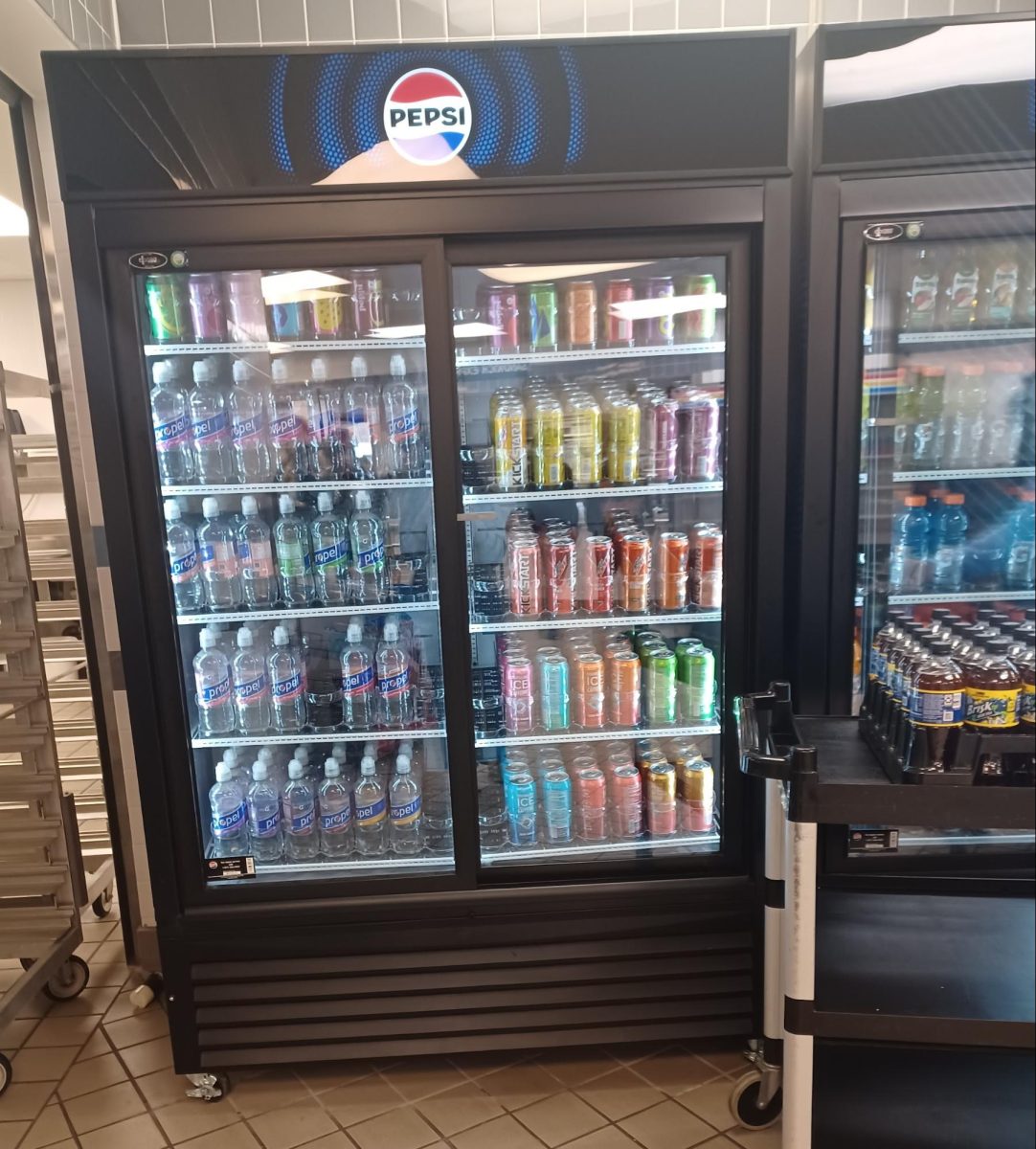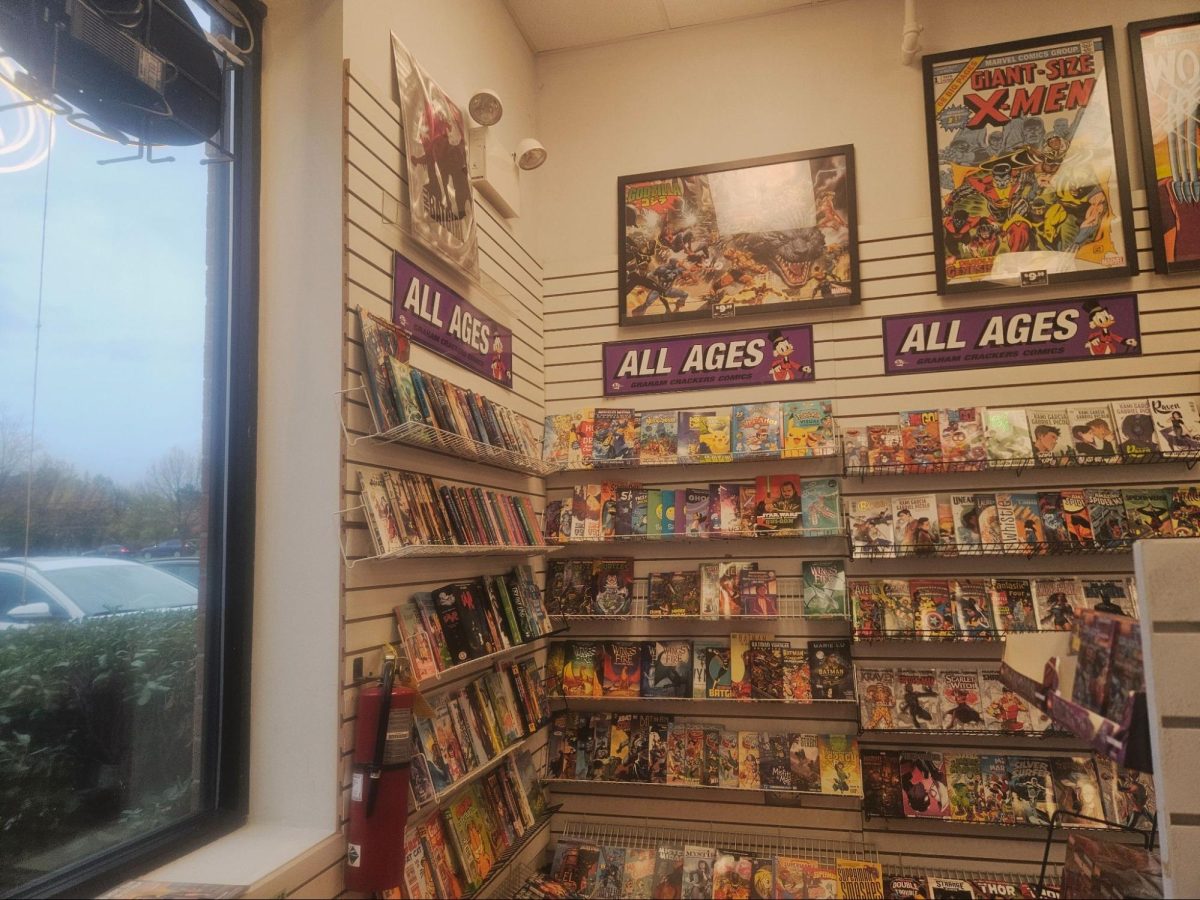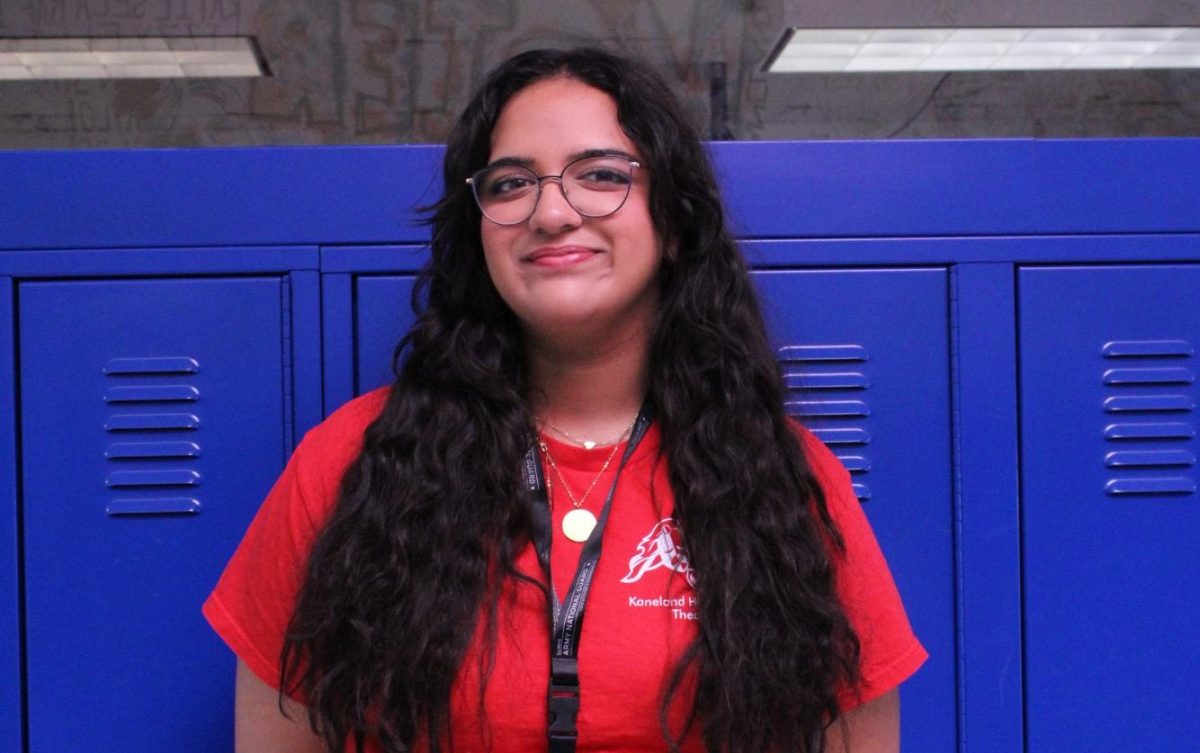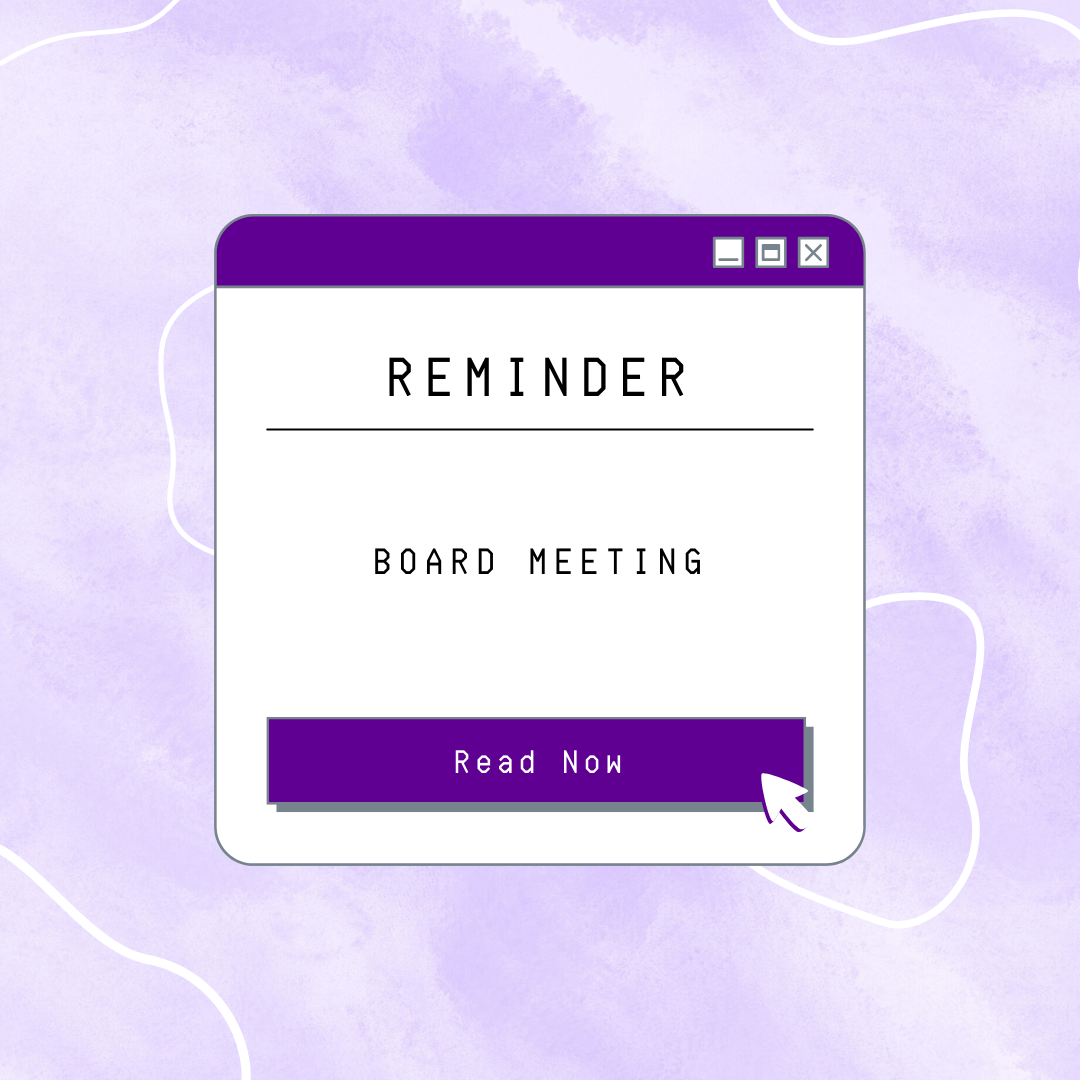Change and acceptance are words we hear frequently. As people sometimes may feel the need to accept changes or try to change the things they cannot accept, they often realize that the two go hand in hand. Change can be something different but also something new, and as relentless as it can be, it is oftentimes unavoidable.
Nature provides a perfect example if you consider the life cycle of a butterfly, which embodies the severity but simultaneous beauty of change. After a butterfly goes from egg to caterpillar, it goes through the metamorphosis process. Once that process is complete, a vibrant butterfly we often associate with beauty and totality emerges. Each stage of the transformation is drastic, with the final result completely different from the previous stages.
For a teenager, change can feel like something minor or just as radical as the metamorphosis process. Senior Ansley Faivre recognizes change as something people may not have a choice in. “Many changes are inevitable, and accepting situations as they are is healthier than dwelling on the past,” she said.
While some changes are unavoidable, they can still be hard to accept, which is what math teacher Daniel Ponczek faced while growing up. “When I was in high school, I did not like change,” he said. “Reflecting back, [the reason] I didn’t like change was because it forced me to do something new, and in that moment, it made me feel like I was stupid.”
Change is perceived differently from one person to another. Some view it as strictly positive or negative, while others may view it as a combination of both.
“I believe that change is a part of growth,” sophomore Megan Fisher said. “If life was the exact same every day, no one would learn anything about themselves or others.”
While adapting to changes may be difficult, it can be easier for some, depending on if it is for themselves or for others. It can be challenging for someone to suddenly adjust their behavior. For example, one may find that their habits are hard to break. An individual who relies on coffee in the morning may have difficulty not consuming that daily caffeine, but the adjustment is not impossible to adapt to.
According to Healthline, an American online provider of health information, “In most cases, change doesn’t happen until someone wants it for themselves. If they don’t seem willing to address problematic behaviors, waiting and hoping may simply leave you in a position where you accept pain again and again.”
While a caffeine addiction may be something we can relate to, there are some adjustments we have no grasp on simply because we have not lived long enough to experience them. For instance, Ponczek references the adjustment of moving in with a significant other. While most high school students are unfamiliar with that situation, a similar scenario may arise as high school students could one day have to adjust to living in dorm rooms while away at college.
Moving in with someone else, in general, will require some form of adaptation from both people involved. When two people with two different lifestyles come together to share a living space, that process tends to come with adjustments.
“You grow up as you, and you have your way of doing things,” Ponczek said. “Then you have someone who has their way of doing things, and I think for that to truly work, you’re going to have to accept that you need to change a little.”
According to nationally certified counselor Tanya J. Peterson’s article from Choosing Therapy titled Openness: Definition and Benefits, “As a measure of how receptive someone is to change, openness includes traits such as intellectual curiosity, creativity, imagination, and unconventionalism. Stereotypes of this trait abound. People very high in openness are sometimes labeled as ‘unusual’ or ‘odd,’ while people extremely low in openness might be called ‘closed-minded’ or rigid.’”
When confronted with change, an open-minded individual may feel less skeptical than those who are close-minded. The initial reaction for people who are more open to new ideas may be to try and understand the reasons behind them instead of shutting ideas down like a close-minded individual.
An issue that citizens of the world have become increasingly aware of is our environmental impact. The heightened awareness regarding the health of our earth can lead to a collective shift to more sustainable practices. As some stores have implemented a policy of recording the number of bags you use at the self-checkout kiosk and then charging you for them, people may start to pay attention to how many bags they use.
While that is an adjustment that close-minded people could have a hard time accepting, as they may believe it is just a way for the store to profit from plastic grocery bags, open-minded people may view it as an incentive to try and get everyone to take advantage of reusable grocery bags and think about their impact on single-use goods.
However, people may not view certain adaptations as all that surprising if they were expected, such as when disastrous occurrences force the need for change.
According to a message from the Federal Emergency Management Agency’s (FEMA) local, state, tribal and federal preparedness task force, “We found the state of preparedness to be positive, with continual, significant signs of improvement since the September 11, 2001 attacks (‘9/11’) painfully catalyzed the imperative for reform of what is now known as homeland security. Some of the success can be attributed to the increasingly mature integration of civil defense and emergency management activities, whose origins long predate 9/11, while others are refinements to that foundation based on lessons learned from specific events, such as Hurricane Katrina.”
It can be more natural for people to accept such adaptions because of the expectation to improve following tragic events like these. Similar to how the FEMA task force learned from Hurricane Katrina, we can continue to make modifications until they fit our needs.
As some individuals may be skeptical about change, influential leaders, institutions and public figures play a significant role in fostering acceptance.
According to the University of Kansas Community Tool Box, an online resource for those working to build healthier communities and bring about social change, “Influence is the ability to persuade someone to think or act in the way you want. This ability is an essential part of leadership. After all, someone who can’t convince people of things isn’t a leader – no one is following him or her.”
For change to happen, a leader may need to enforce it. As people, we often have a few individuals we admire, and because of that, we may feel more inclined to support changes if our favorite public figures endorse them. When we hear from the people we value in our society, it may legitimize it in our eyes and the eyes of the public.
One can certainly argue that we were a divided nation during the COVID-19 pandemic. As prominent society leaders and public figures took a stance on their opinions regarding the pandemic, so did the general public. For example, when influential leaders and healthcare professionals publicly received the vaccine, skeptics of the vaccine who followed those people may have been more inclined to get it. Similarly, those who followed people against the vaccine may have remained against it as their influential figures swayed them.
There can be a strange relationship between change and acceptance that not many people seem to realize. Ponczek believes that there is a unique sort of correlation that you can draw from the two. “Sometimes change will lead to acceptance, and acceptance is what could force you to actually truly make a change,” Ponczek said.
Change is a transformative force that pushes individuals to evolve. Just as butterflies mature, so does our journey from skepticism to acceptance. By appreciating the process of change to acceptance, we may find ourselves equipped to navigate our rapidly changing world.
















